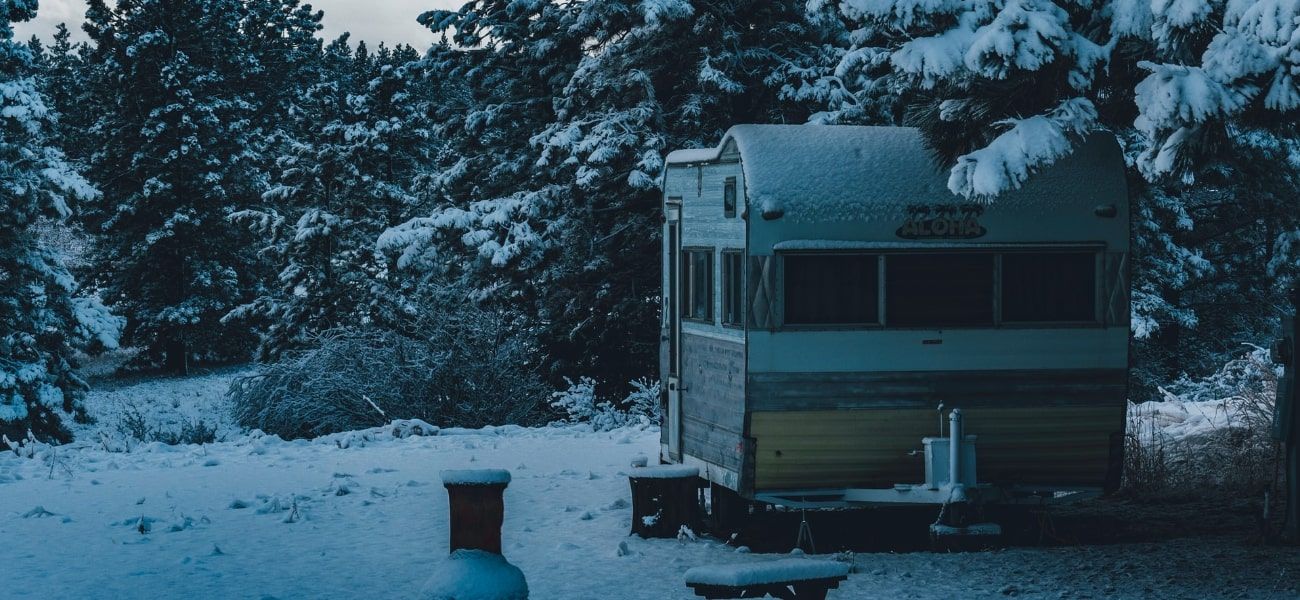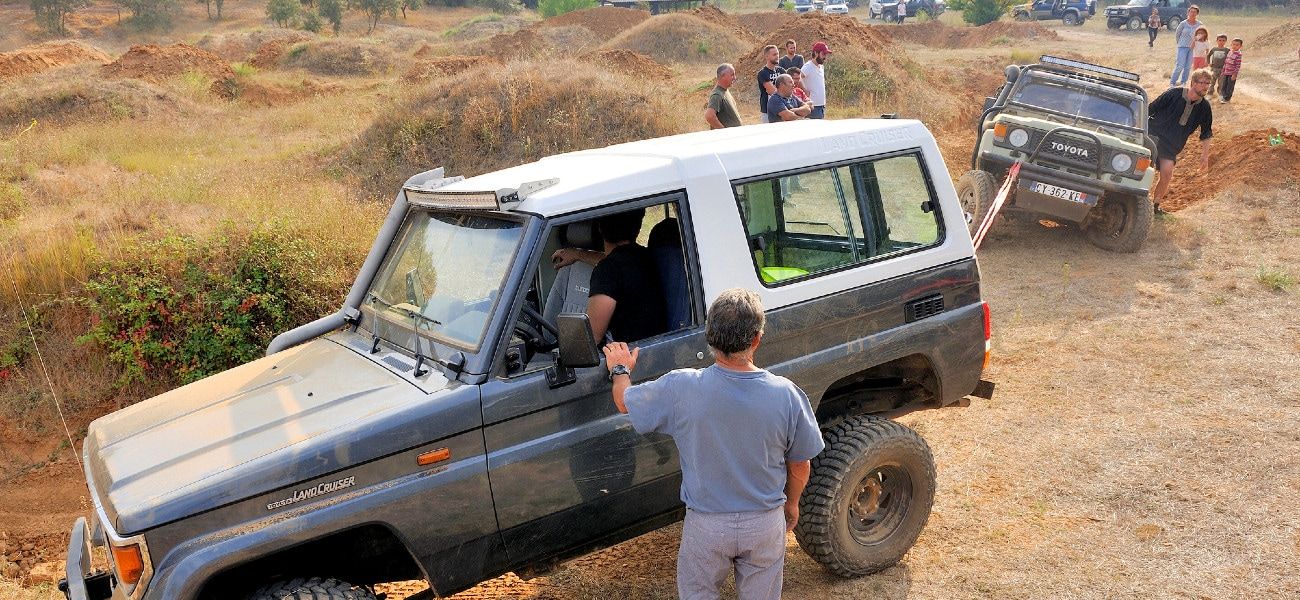Have you been fighting with the cold while caravanning this winter? Or maybe you’re just getting ready for your next trip and looking for ways to keep warm? Staying warm all year round is a challenge for all caravanners, especially those in Australia's southern states.
However, you won't always be at a powered site and able to run an electric heater in your van. Often you'll be at un-powered sites or entirely off grid with only your battery and perhaps a little solar power to rely on. So what should you do then?
Well in this article, I’ve listed the top tips for keeping your caravan warm without using much power (or sometimes without using any power at all). Let's take a look at them!
#1 - Use a Diesel Heater
The first (and possibly most obvious) tip is to use a heater!
When it comes to heaters for caravans, there’s two main types - gas and diesel. Diesel heaters are becoming increasingly more popular, as they are a safe and reliable heat source, suitable for indoor use.
Modern diesel heaters are very compact and easy to install in your caravan - they don’t even require certification by an engineer. They combust diesel to generate hot gases which in turn heat up a heat exchanger. The heat exchanger is then used to heat up the air circulating in your caravan.
In this way, the combustion gases are kept entirely separate from the air in your caravan, which keeps you safe from the likes of carbon monoxide.
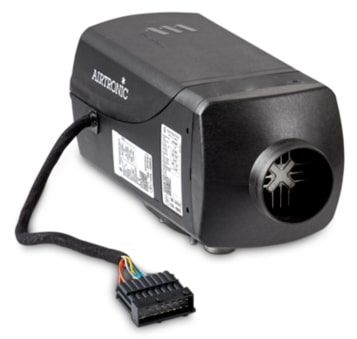
The more reputable diesel heaters come with automatic shut off features as well, so they turn off on their own when the air exceeds a certain temperature, making them heaters safe to use even at night.
It may seem counterintuitive to suggest diesel heaters in a list of no-power heating solutions, yet the reality is that they use very, very little power, typically around 10 - 50W.
This is about the same as a single incandescent lightbulb! You won’t have any trouble running them off your caravan battery, even if you’ll be off the grid for a while.
#2 - Use a Gas Heater
As alluded to earlier, the second most popular type of heater is the gas or LPG heater. First thing to note though is that in Australia, gas heaters must be installed by a licensed gasfitter, so don’t attempt to do it yourself.
They work in much the same manner as the diesel heaters, whereby the combustion gases are kept separate from the air in your van.
Just be aware that the price and availability of LPG can vary significantly in rural areas, whereas diesel tends to be more available and stable in terms of price.
Again gas heaters do use a tiny amount of power, but it shouldn’t be a worry if you have a decently sized battery in your van.
#3 - Try a Wood Heater
For a true no power heating solution, try a wood stove. These are quite a rare sight in Australia, although they are more common in North America.
They work by burning wood or coal as a fuel source to generate heat. As they heat up, they radiate heat through the walls and top, which in turn heats the air in your caravan.

This heat then spreads through your van thanks to natural convective currents. Wood stoves work great; however, there are quite a lot to consider before installing one.
#4 - Improve Insulation
In order to maintain warmth during winter (and even stay cool in summer) insulation in your caravan is a must.
Insulation works by creating a thermal barrier between the interior and exterior of the caravan. But where should you insulate?
Depending on your caravan design, you can insulate the door, windows, floor, and even the roof.
Curtains work well for preventing heat from escaping via your windows. For the doors, consider putting draught stoppers under them to keep the cool air out.
#5 - 12v Electric Blanket
Another way to stay warm inside your caravan even on cold days is with the aid of an electric blanket. Although it’s not like the other options where you can heat the entire vehicle, it’s a great product to keep your body warm and comfortable.
As long as your van has a 12V power socket, you’ll be able to use one of these blankets. What makes electric blankets more effective than ordinary thick blankets is they’re made with insulated wires which are placed safely within the layers of the fabric.
These wires are then what heats up the blanket once connected to power and turned on.
Often, electric blankets have a wired remote control where you can adjust the heating. If you don’t want to run them all night, you can use them to pre-heat your bed before you get in, which is safer than running them all night.
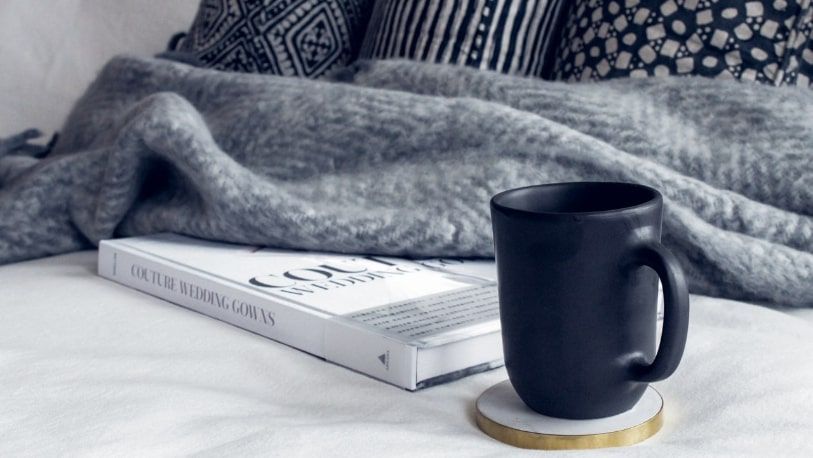
In saying that, modern electric blankets are very safe and you needn’t worry about safety issues with them.
If you’re wondering how hot these blankets can get, the answer of course varies depending on the product and brand.
Usually, the lowest setting will heat the blanket to around 18-25°C whereas the highest setting can heat the blanket to around 50-55°C. Most 12V electric blankets are very cheap, costing just $30 - $50.
Things to remember when buying/using an electric blanket:
#6 - Hot Water Bottles
Another simple method that won’t cost much is hot water bottles. These work great as pre-heaters for beds. They are very cheap, low tech and don’t require any fuel source.
You will of course need the power to boil the water to fill the hot water bottle in the first place, but once you do this, you will have a source of warmth that can last all night!
The one thing to be aware of here is hot water bottle safety. There have been reports of people getting burns after their bottle ruptured overnight and leaked hot water all over them.
This is usually the result of people over-using their bottles, even after they are showing signs of damage and wear. If you keep your one in good condition and replace it regularly, this shouldn’t be an issue for you.
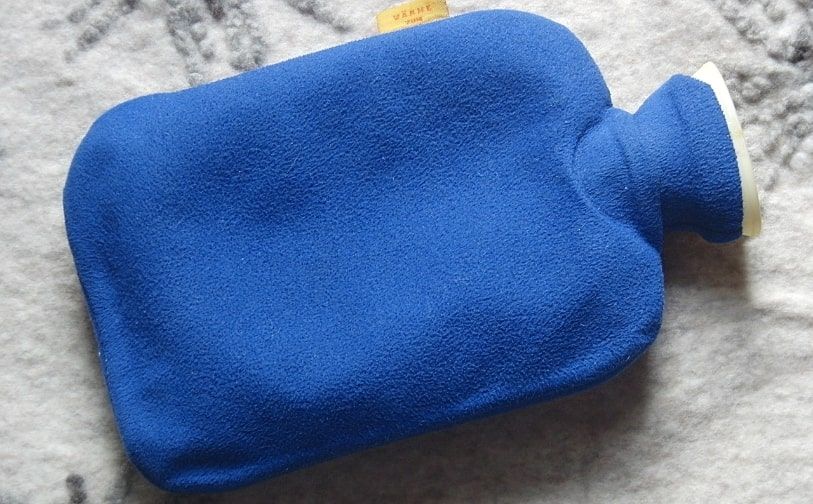
All you need to do is boil water, let it cool down a little, then fill the water bottle no more than three quarters of its capacity. After that, it’s good to put in your bed!
Make sure you don’t use freshly boiled water (100°C) when filling the bottle as it’ll damage the bottle’s seams and put it at greater risk of rupturing down the track.
Here are some more tips for using hot water bottles:
There are also water bottle cases and covers that you can use as a secondary insulation/protection for your bottle.
Also, remember that if the bottle is too hot, you can always cool it down by taking out some hot water and adding some cold water instead to get the perfect temperature.
#7 - Cooking in the Caravan
One more method that can add warmth in a caravan is simply cooking inside. On colder days, cooking inside is great as you get a nice hot meal plus a warm caravan.
Cooking inside your caravan is one of the easiest solutions, as you need to cook everyday anyway, and this solution doesn’t require you to purchase any additional equipment.
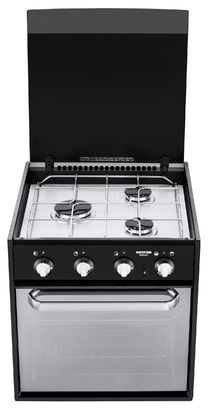
Just be aware that you need to maintain ventilation and use the range hood to avoid air condensation and, just like gas heaters, carbon monoxide build up.
Conclusion
Staying warm all year round in a caravan is a challenge, especially if you have limited power and can’t make use of regular electric heaters.
In saying that, there are quite a few options out there for those who need to stay warm while off grid, as you can see from this list!
If you have any suggestions for staying warm that we haven’t included on this list, please feel free to leave them below. I’ll add to this list over time!
If you have the opposite problem and are in fact trying to cool down your caravan in summer, check out this guide to caravan cooling!
This article may contain affiliate links. I will earn a commission if you choose to purchase a product or service after clicking on my link. This helps pay for the cost of running the website. You will not be disadvantaged in any way by using my links.
Note that while every effort is made to ensure the accuracy of the information on this page, there may sometimes be errors. Check all specifications with the manufacturer before purchasing any product.

